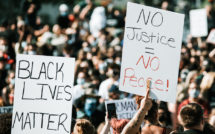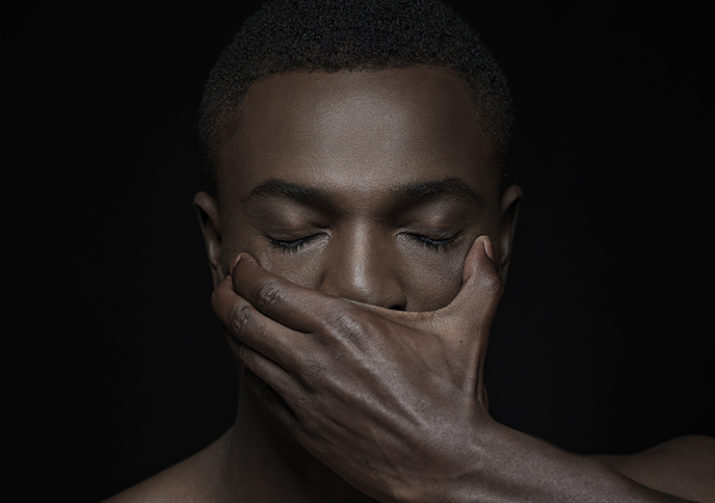
This is part of our special feature on Race and Racism in Europe: The Urgency of Now.
For centuries, Black people have been dehumanized. As slaves, they were treated as cargo and inventory, and after the abolition of slavery, as second class citizens. Now, things are changing. With the help of social media, a worldwide movement has emerged. One that has helped expose some of the horrors black people face on a regular basis. This has created awareness and a profound willingness to change things. Wanting to be treated both as a human being and as an equal, with respect for who you are, isn’t that what all of us want, need and deserve?
For this series, Renata Dutrée approached three men with whom she had previously done photo shoots on themes such as homosexuality, femininity, and identity. During the shoot, there was a wonderful conversation between the men about their roots and their motives for participating. Daniel comes from Trinidad-Tobago, Jude’s ancestors come from Haiti, and Dizencio has a Surinamese background. Shot in the midst of COVID-19, they worked with the prescribed 1.5m distance. Because they connected so well on an emotional level and the fact that they wanted to spread the message as a group, they decided to take a group photo. Everything comes together for them in this image. Daniel has added a text that expresses the meaning for him:
Black toxic masculinity is a unique beast that has roots in white supremacy, internalized racism, internalized queerphobia, and misogynoir. It’s born out of the humiliation and terror that black men have endured throughout America’s history. In the past, enslaved black men were beaten in front of their wives and children as a form of psychological conditioning. They were whipped, mutilated and castrated.
During the era of Jim Crow and segregation, black men were subjected to lynching and police beatings regularly. They couldn’t have businesses that were of equal or greater success to white business owners. They couldn’t own property in the same way white men could, else they were subject to mob violence.
Is it any wonder that during the Civil Rights movement black men held up signs saying “I am a man”?
This history of very targeted and purposeful emasculation has led to an intense overcorrection among black men. It leads to distorted ideas about what it means to be a man. It leads to all things feminine being feared and devalued. It leads to women being devalued. Emotional availability and vulnerability are devalued due to their association with the feminine. Sex is misconstrued into something about triumph and conquest instead of being about intimacy. Thoughts that deviate from this way of thinking are viewed as feminine and thus must not come to roost in the black boys’ minds. No femininity must lurk in black boys’ minds lest they continue to be humiliated and robbed of their masculinity. And thus, homosexuality or anything even remotely close to it cannot be tolerated, unless the black man be destroyed.
Ultimately, it is fear that is at the root of black toxic masculinity. A fear of the continuous denial of one’s masculinity and humanity.
Black boys deserve to be able to be just boys. They deserve to grow into men in their own time. They deserve the right to explore their sexuality however they choose, so long as it’s healthy. They deserve to love who they want to love.
They deserve better.
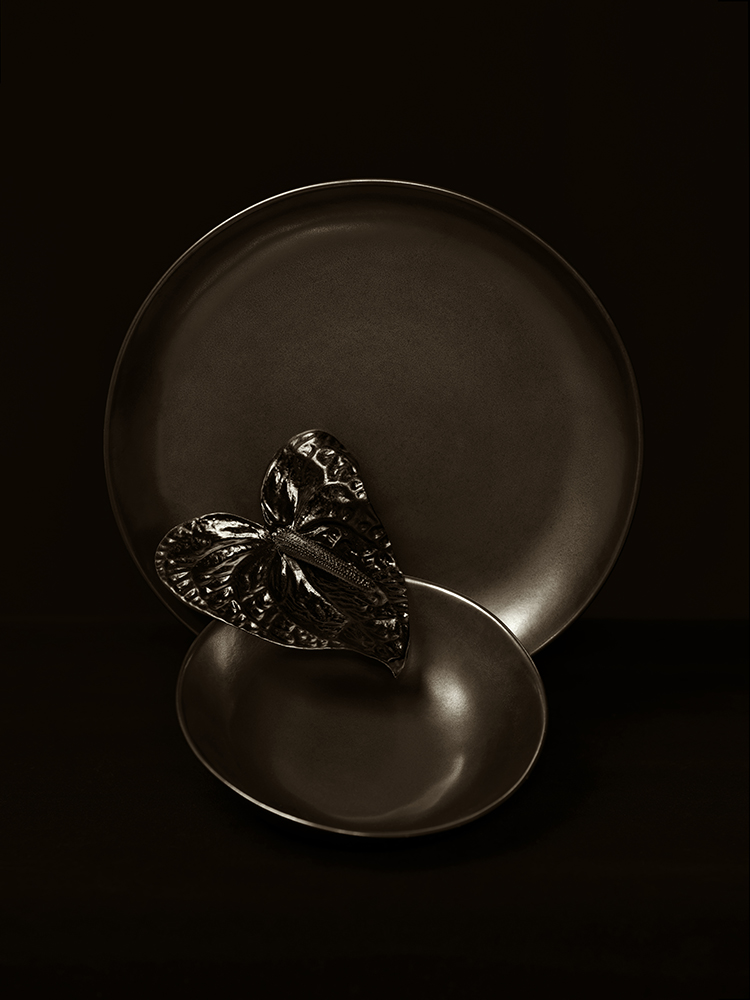
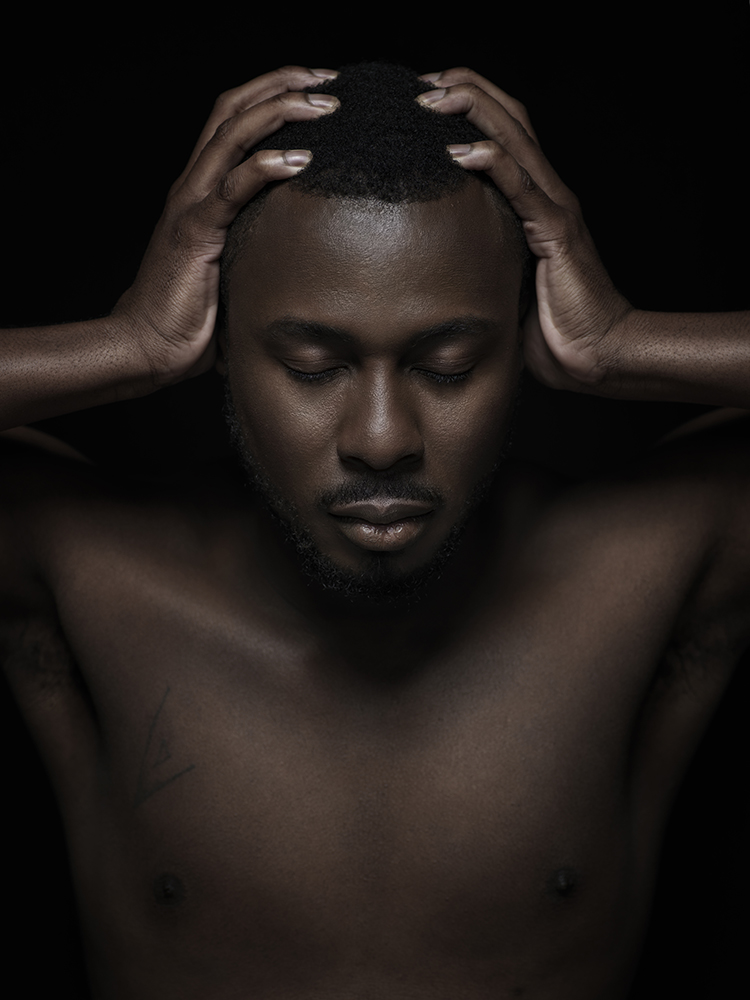
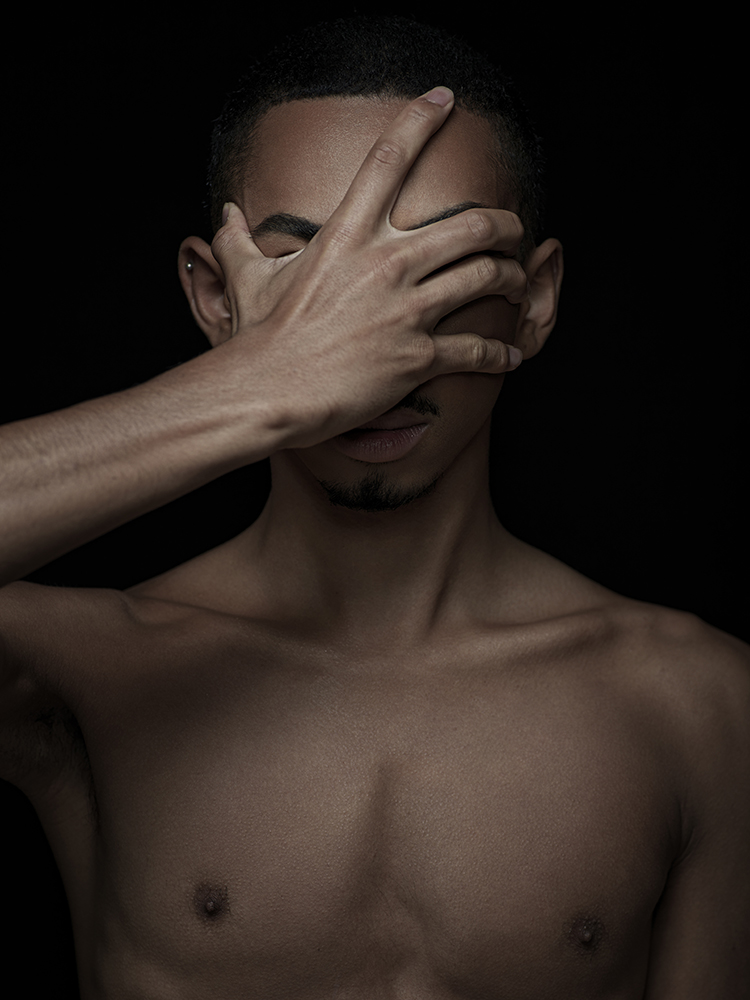
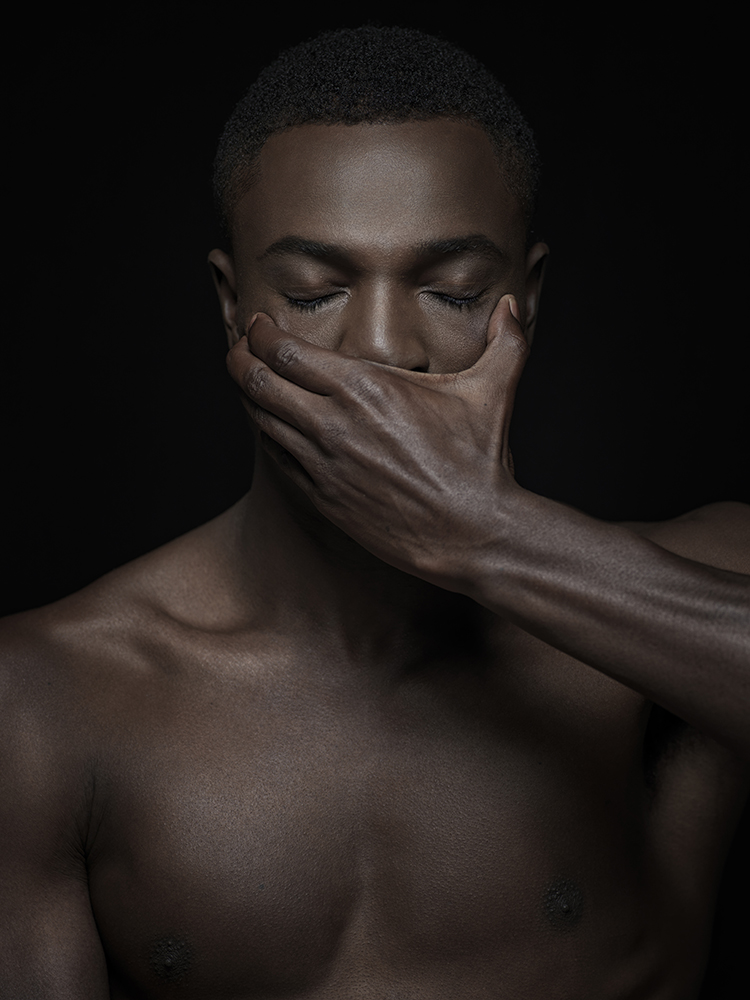
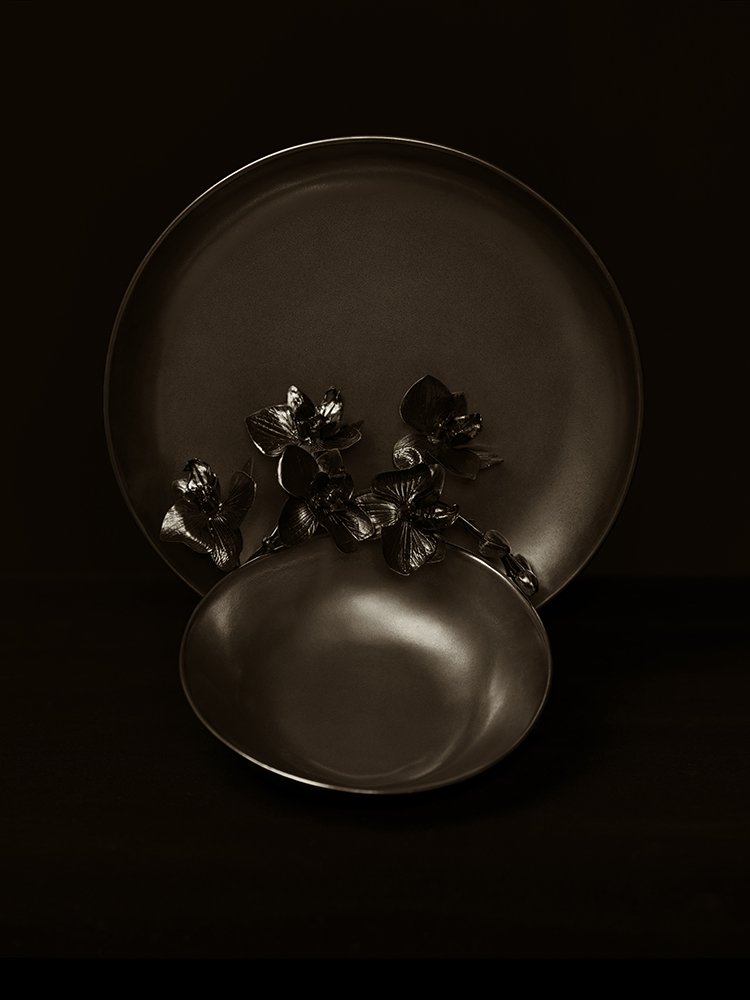

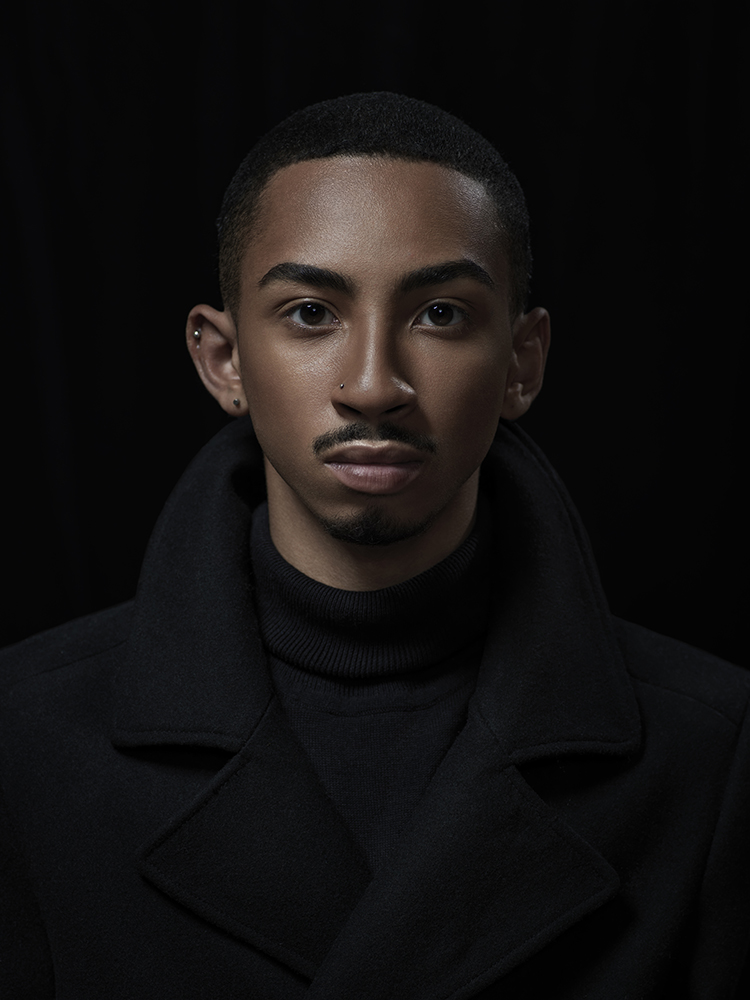
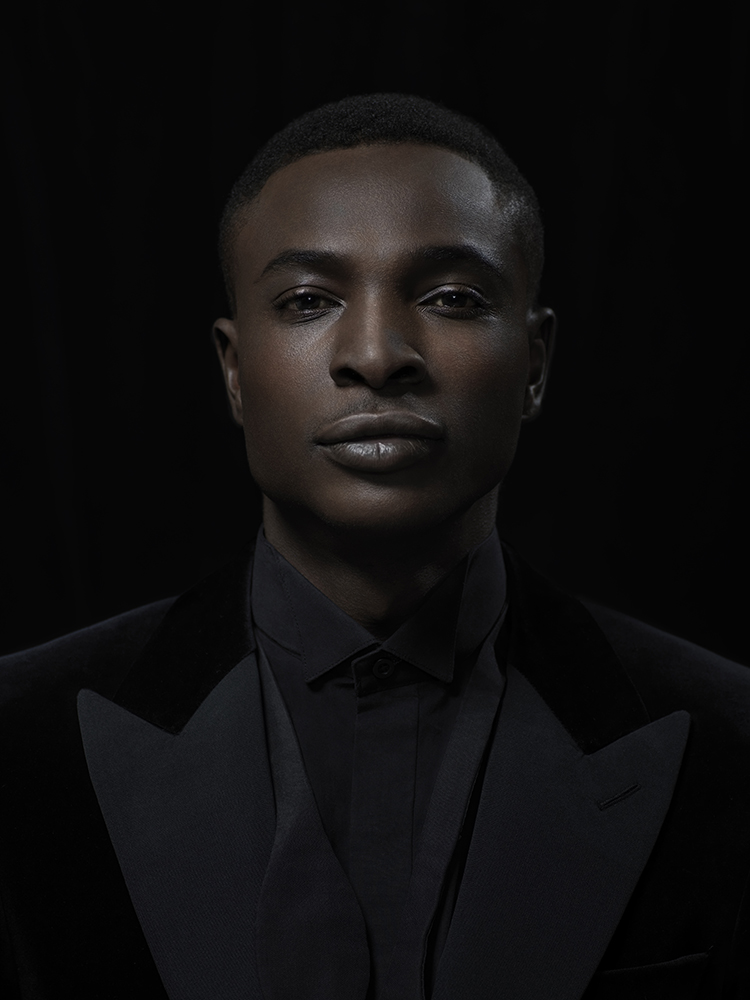
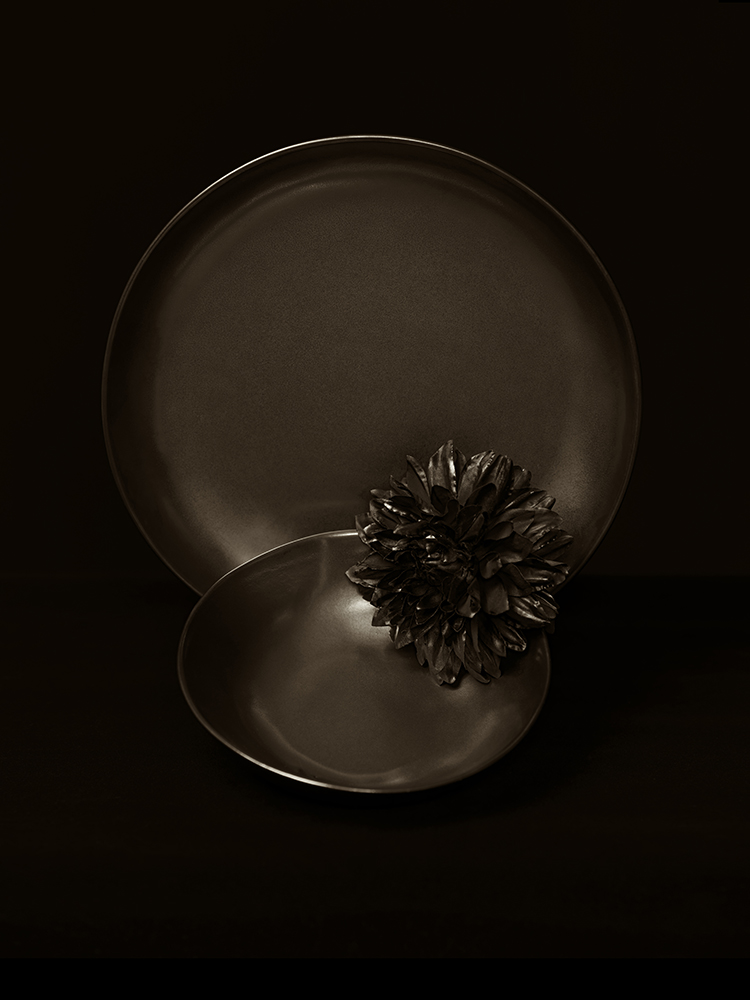
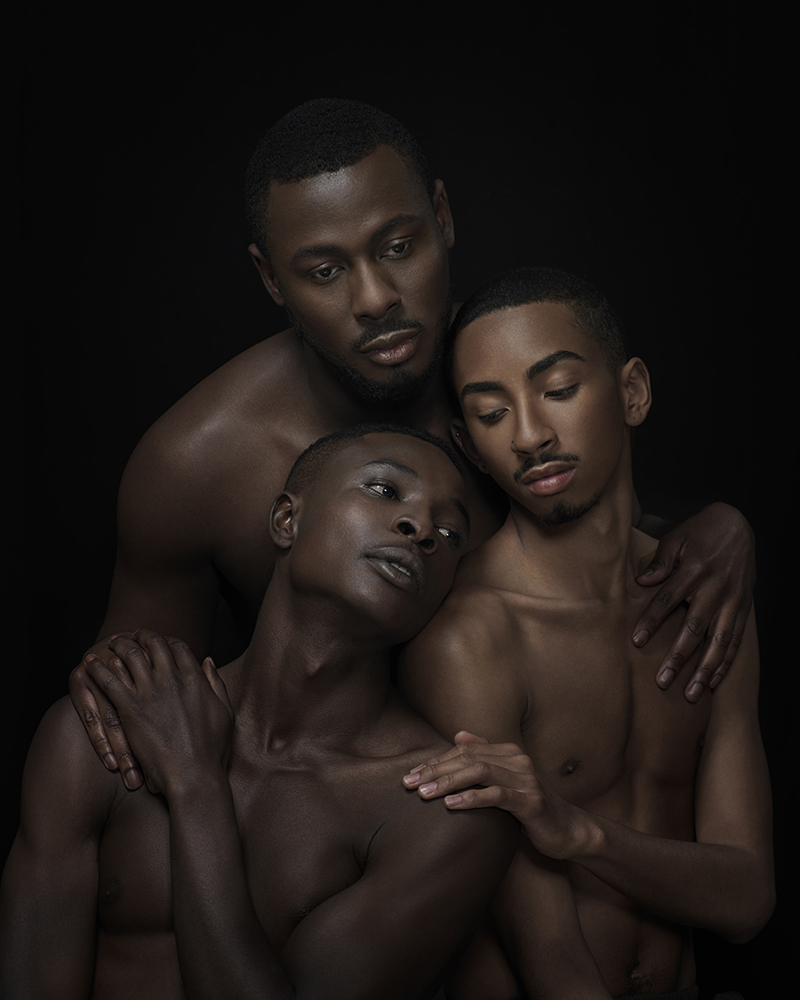
Renata Dutrée recently graduated from the Photo Academy in Amsterdam (December 2019). She specializes in staged photography and often uses social themes she is passionate about as the starting point for her work. She specifically explores themes that have to do with hiding and/or revealing. These are topics that prove to be difficult to discuss in daily life e.g. (gender) identity, homosexuality, or living with a secret. In her former career as a dermatologist, she experienced how difficult it could be for people to cope with these issues. Renata portrays her models in an idealized way, a way that allows her to show respect for who they are and what they have lost. She uses photography to transform their pain and sorrow into beauty, often with the past still resonating in the photograph. Personal stories are translated to more universal ones.
Published on September 15, 2020.

